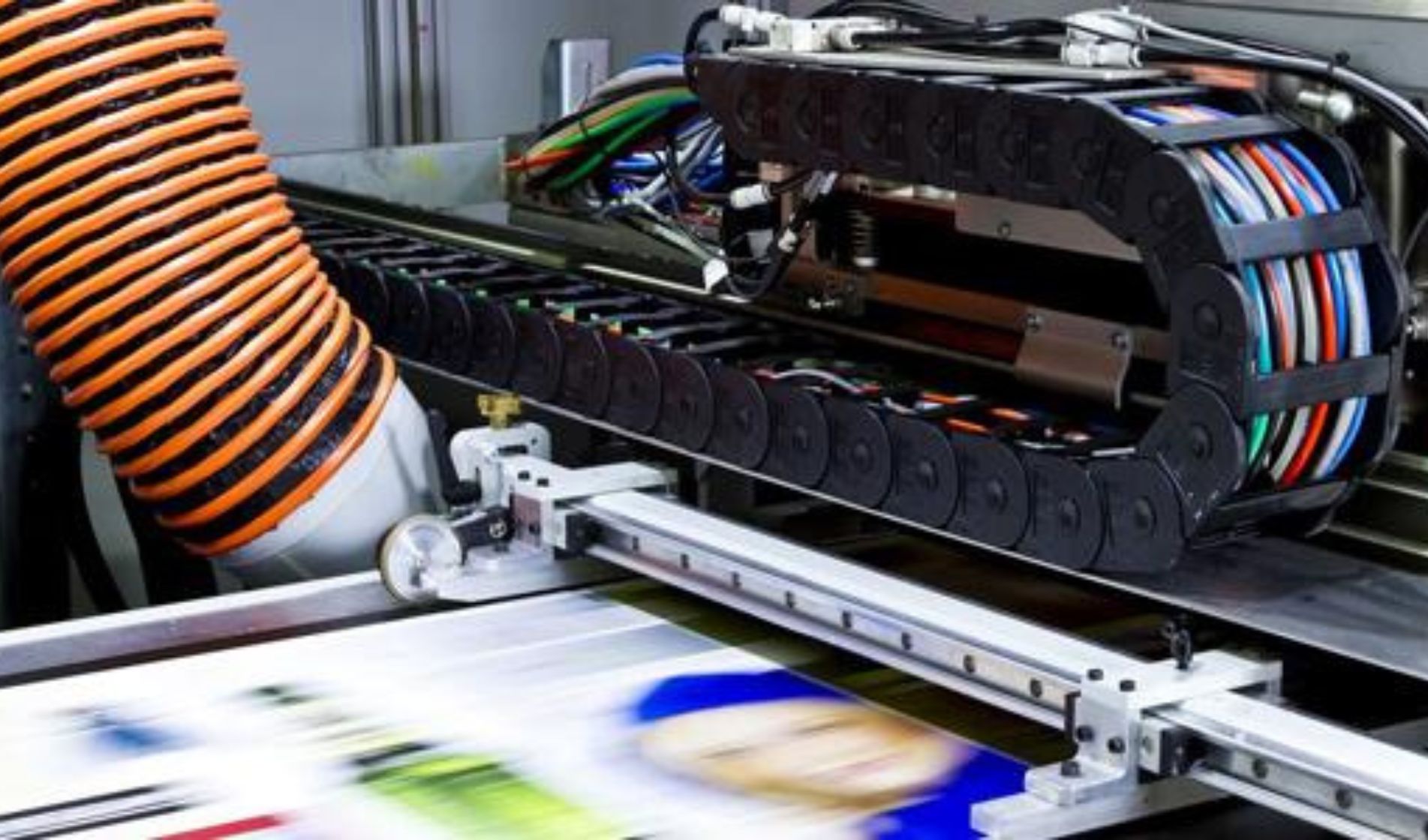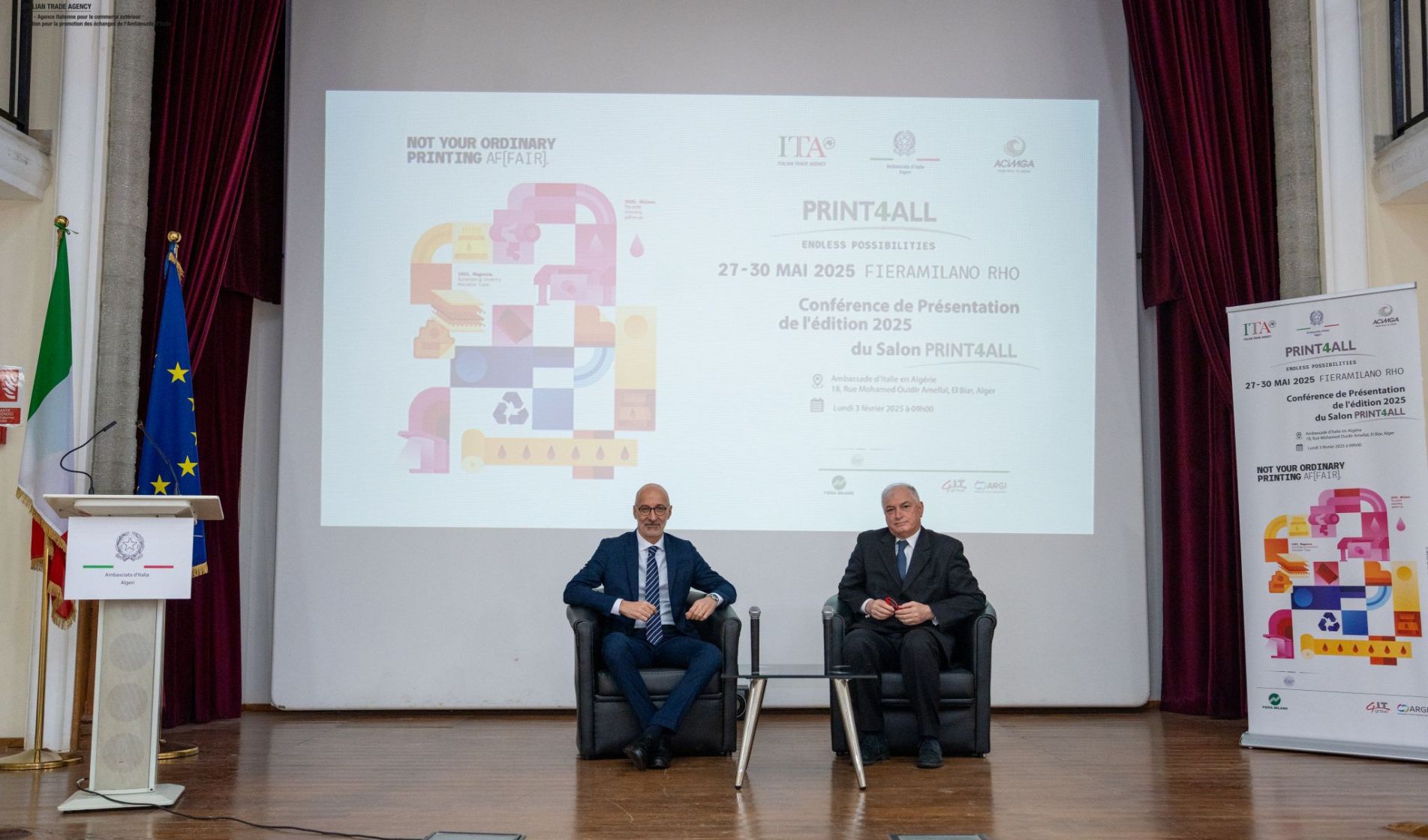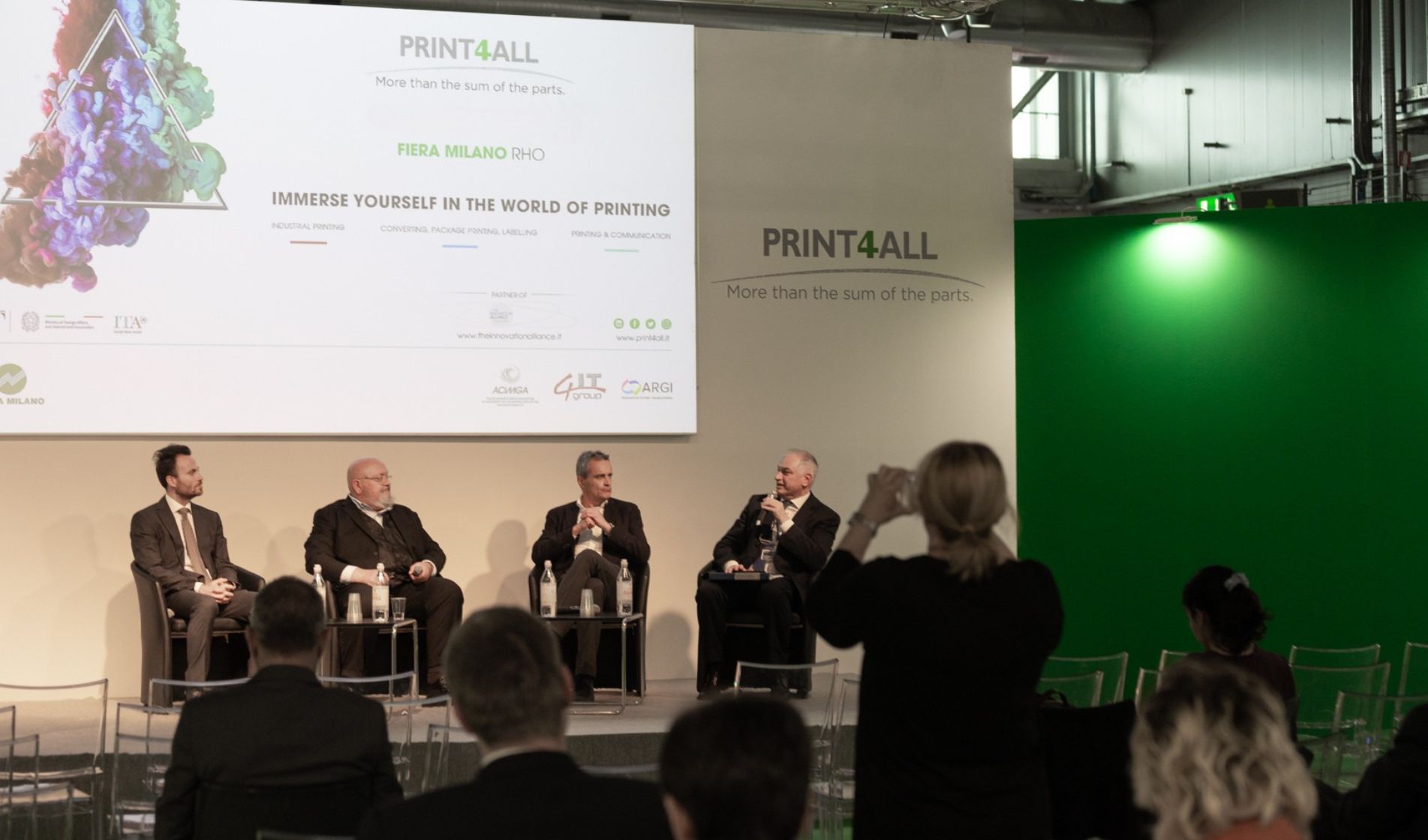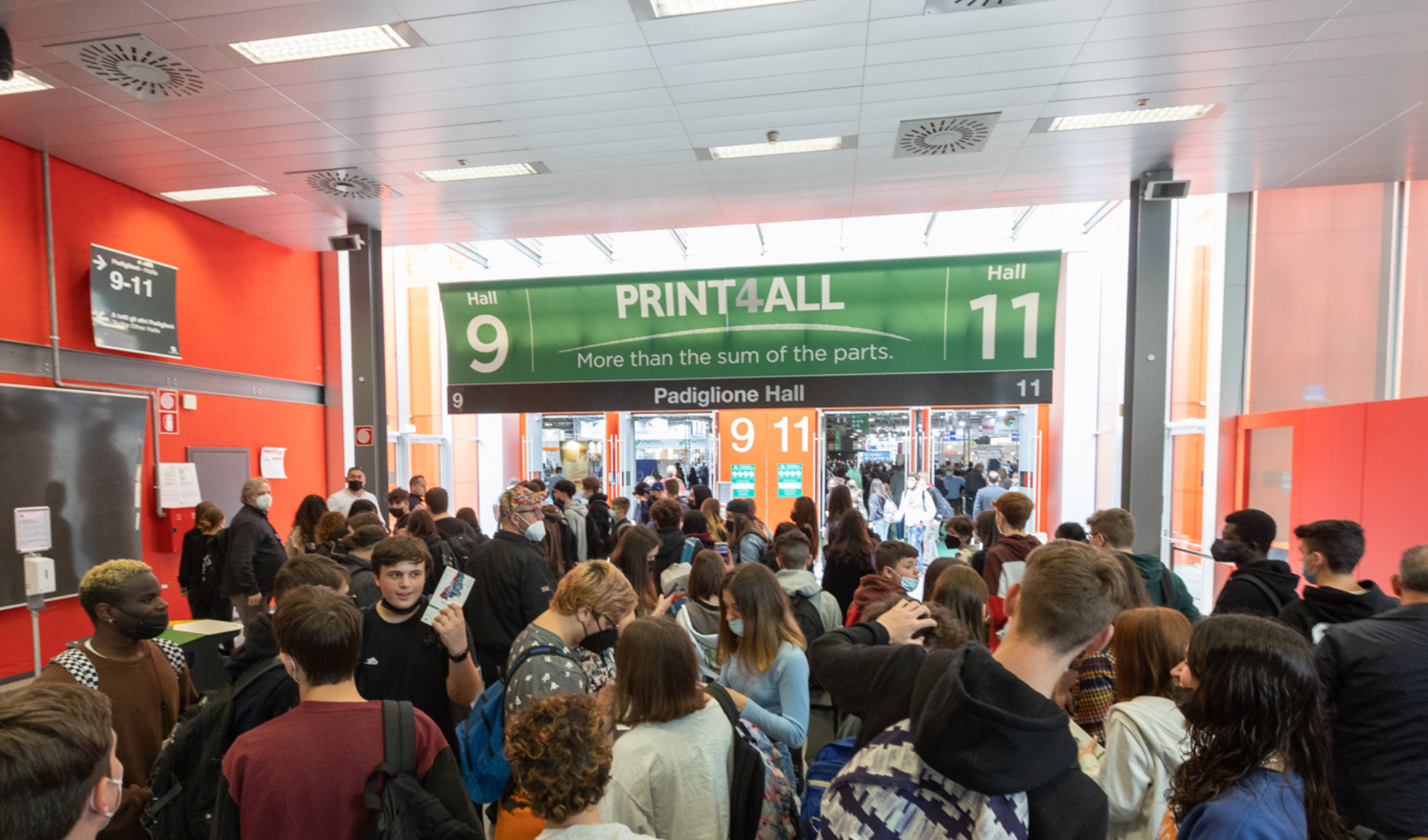Textiles is undoubtedly a sector with a huge environmental footprint. Just consider the fact that textile dyeing is actually the second biggest cause of water pollution globally: it takes some 7500 litres of water to make one pair of jeans. In addition to this pollution, there are the greenhouse gas emissions: 8% of such global emissions can be attributed to the textiles and footwear industry. And if these figures aren’t convincing enough, we can get an even clearer idea from the Ellen MacArthur Foundation, which reports that the textile industry, with its 1.2 billion tonnes of CO2 emissions annually, exceeds the total combined emissions from air and maritime transport.
In its own analyses of the ecological rating of various sectors, the WWF also indicates textiles as a sector that generates an unsustainable ecological footprint. In the three intervention areas that the WWF identifies as preparatory to moving in an eco-sustainable direction, a pivotal role is played by manufacturers of green technology in the shape of digital printing systems for textiles and eco-friendly inks.
Printing’s green contribution
Despite the fact that the majority of printed textile output is today produced using silk screen printing, with the advent of the digital age advances in ink-jet printing at various levels – hardware, software, inks for inkjet printing – are slowly but steadily driving the uptake of this technology in textile production processes. Indeed, inkjet printing continues to grow, while analogue printing is holding its own or, in some cases, is in decline, above all in Europe. After all, digital textile printing is the perfect response to many of the requirements of the fast fashion and new fast deco segments (pertaining to the world of interior décor).
Brands’ processes and production lines are changing significantly in a bid to offer a timely response to evolving demands, increasingly oriented towards personalisation, product quality, the need for on-demand and just-in-time items, the sustainability of materials and processes.
And it is precisely with a view to reducing its own ecological footprint and curbing the consumption of natural resources (water and energy) that textile printing is accelerating the migration from analogue to digital printing. The use of digital printing technologies in manufacturing allows a 60% reduction in water consumption, corresponding thermal energy savings of 70% and 30% lower electricity use compared to production cycles employing rotary silk screen printing. Added to this is a significant reduction in the volume of waste water and the physical space required for printing machinery and systems (source: Unitex).
The role of inks
Several different inks are produced for textile printing and, based on their composition, they are divided into solvent-based and water-based inks. For the soft signage sector - signs, flags, banners and so forth – solvent-based or eco solvent-based inks are still the predominant choice. In contrast, the last decade has seen a significant change in the area of textile printing for apparel, fashion and home textiles: in response to a growing demand for eco-friendly credentials, solvent-based inks have been progressively replaced by water-based ones that guarantee a much smaller ecological footprint.







.jpg)
